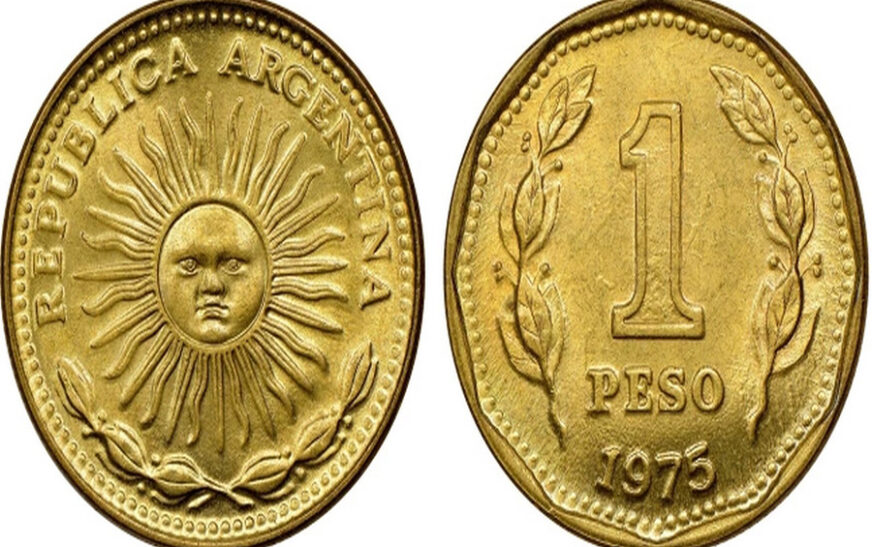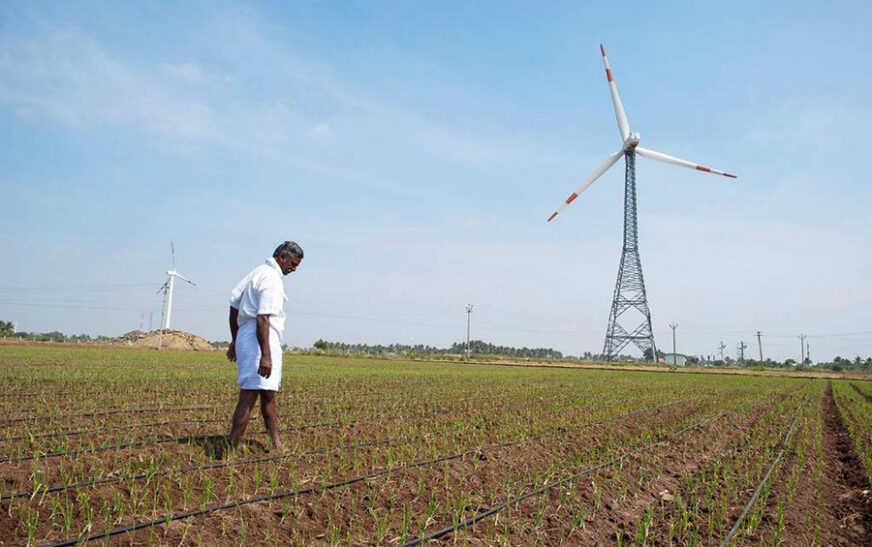Amidst the tumultuous landscape of emerging economies, Argentina stands out as a notable example grappling with currency instability. The recent analysis from the Financial Times sheds light on Argentina’s persistent struggle with its peso, hinting at a potential recurrence of past crises not only in Argentina but also across the broader emerging world. The Argentine government’s intervention in the foreign exchange market, limiting the depreciation of the peso to a modest 2 to 3 percent per month, has raised concerns about currency overvaluation and its detrimental impact on the economy.
Understanding Currency Overvaluation
Currency overvaluation occurs when a government artificially maintains the exchange rate of its currency at a level higher than its intrinsic value. In the case of Argentina, this policy has several adverse effects:
- Export Impediments: With an overvalued currency, exports become less competitive as exporters receive fewer dollars for their goods compared to the prevailing purchasing power parity (PPP) exchange rate. This hampers export-driven economic growth and reduces the country’s international competitiveness.
- Increased Imports: Conversely, an overvalued currency makes imports appear cheaper, leading to heightened import demand. This imbalance exacerbates trade deficits and drains foreign exchange reserves.
- Depletion of Foreign Reserves: Initially, the government may use its foreign exchange reserves to meet the excess demand for imports. However, prolonged overvaluation depletes these reserves, leaving the country vulnerable to external shocks and economic crises.
Escalating Crisis Indicators
The trajectory of Argentina’s currency crisis follows a familiar pattern observed in similar economies:
- Rising Parallel Market: As the gap between the official and unofficial exchange rates widens, an informal market for dollars emerges, reflecting growing distrust in the government’s exchange rate policies.
- Impending Devaluation: Despite efforts to stave off a sharp devaluation, the government faces mounting pressure as export earnings dwindle, and essential imports become unaffordable. This eventually forces a dramatic currency devaluation, undermining economic stability and investor confidence.
Addressing Lingering Questions
Argentina’s currency predicament raises critical questions about policy decisions and international lending practices:
- Policy Rationality: Despite the evident drawbacks of currency overvaluation, many governments persist in adopting such policies. Understanding the underlying motivations behind this approach is essential to prevent recurring crises.
- Lending Practices: The willingness of institutions like the IMF and bond market lenders to extend financial support to countries with a history of default raises concerns about moral hazard and the efficacy of conditionality measures.
Conclusion: Navigating Uncertain Terrain
As Argentina braces for another potential currency crisis, policymakers, economists, and international stakeholders must confront the systemic issues underlying currency instability. Addressing the root causes of overvaluation, enhancing policy coordination, and fostering greater transparency in lending practices are crucial steps towards building resilience and stability in emerging economies. By learning from past mistakes and embracing prudent economic management, Argentina and its counterparts can chart a path towards sustainable growth and financial resilience in an increasingly uncertain global landscape.










